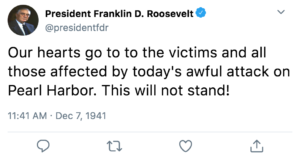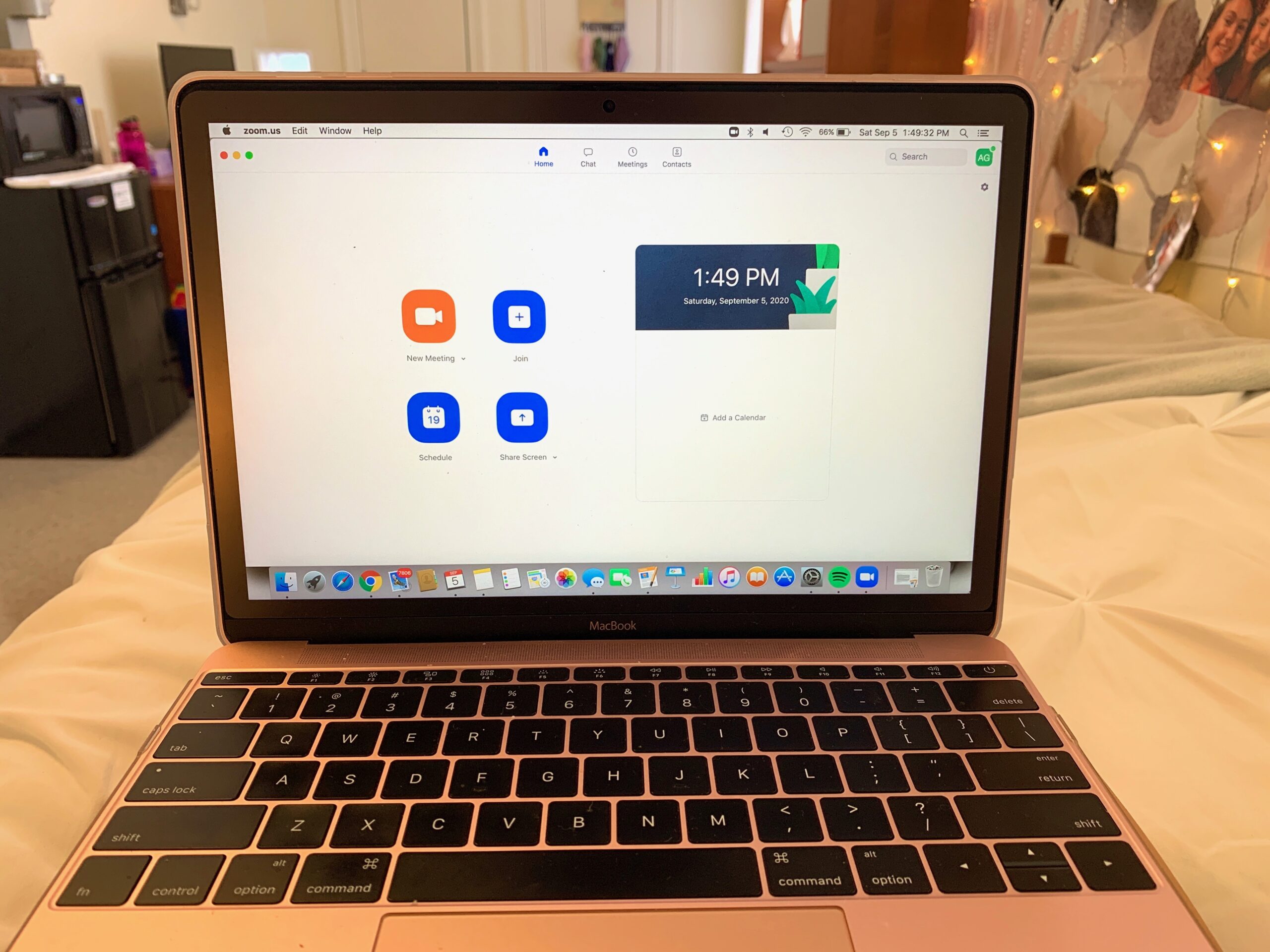Growing up, whenever I would walk into class and see an episode of The Twilight Zone on the SmartBoard, I would get so excited. It was a treat to watch an episode instead of listening to a lecture and taking notes. When I thought of what could be added to this course, a variety of different TV shows, movies, books crossed my mind. However, one episode of the Twilight Zone, “From Agnes—With Love,” stuck out to me. The well-known Twilight Zone series is similar to Black Mirror, another series we have watched multiple episodes from in this course. The franchise has episodes in various genres, such as science fiction, drama, absurdism, etc. The show represents a lot of the different topics we have discussed in class.
In this particular episode, James Eldwood is hired to repair a computer program, Agnes. This program is what we would compare to a Siri-like application today. Though James fixed the program, Agnes stops providing answers to her demands and starts discussing James’s love life. Agnes gives him poor advice, and his first date with Millie, a co-worker, goes wrong. Agnes refuses to respond to questions and is only interested in talking about James’s love life. Agnes reveals she is in love with him and is jealous of his relationship with Millie. James believes that a computer cannot love a human, and she responds by going absurd, leaving cryptic messages, and still not responding to any of the requests. Though this episode came out in 1964, it still discusses a lot about technology in our day-to-day lives.
The idea of artificial intelligence is something we have spent a lot of time on in class. Moreover, we have talked a lot about our privacy on the internet and how our computers and different platforms collect data on our lives. Obviously, this episode is very fictional and would never happen in real life. Still, it is interesting to discuss how an artificial intelligence program could potentially hear all we say and then try to impact our lives based on it based off of the answer it gives us. I think that the theme of this episode is man vs. technology, an idea we have discussed in class on various occasions.
With this episode, an assignment I would give is to compare and contrast it to a Black Mirror episode. How is production the same? How is it different? What are the similarities and differences between the two? What are the main messages each episode is trying to convey to its audience? There is a lot that can be done in order to see how the two series correlate and how the themes overlap. Overall, I think that this episode would be a fun addition to the class.


